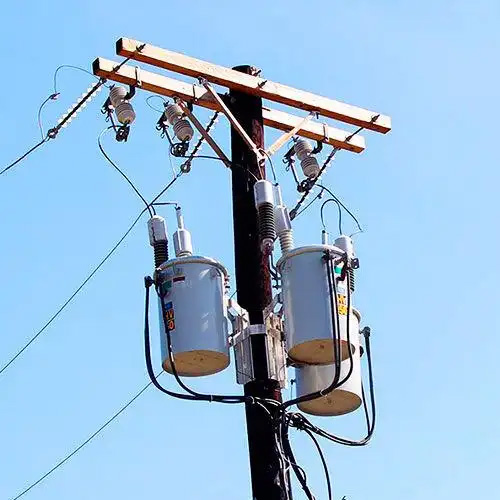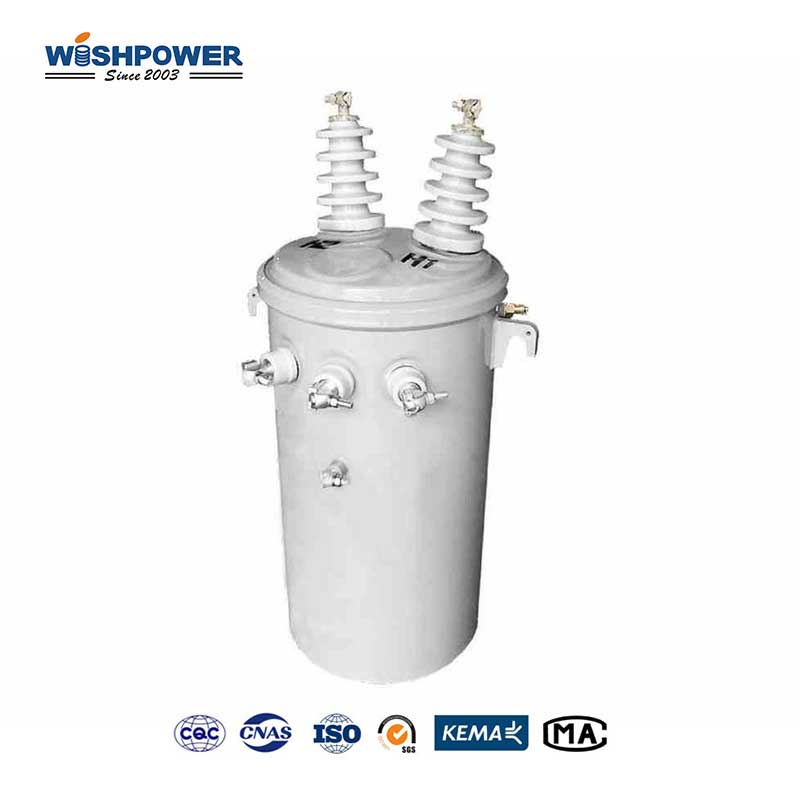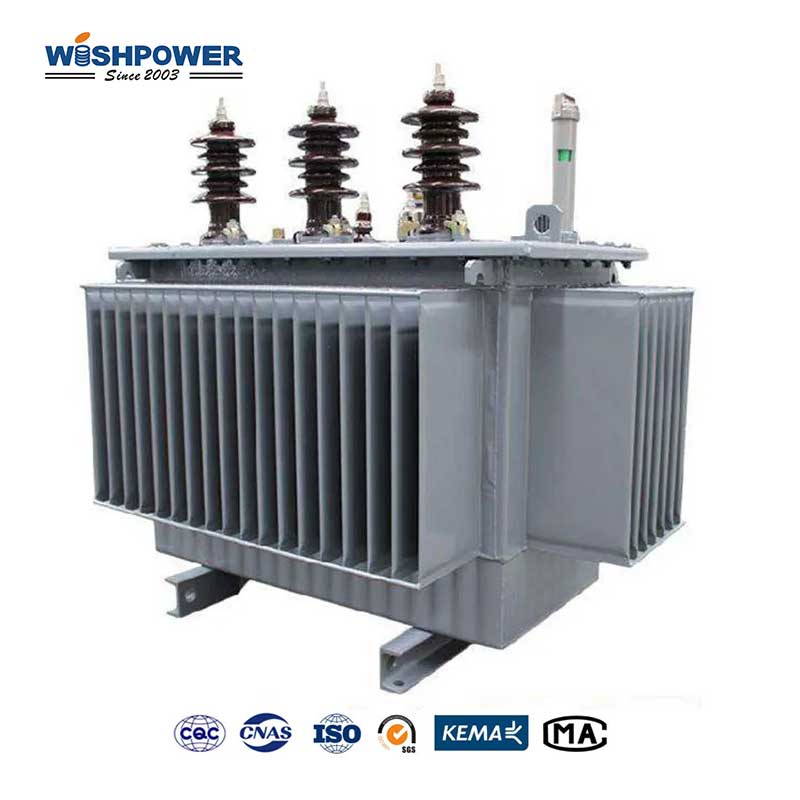What is the purpose of a pole transformer?
The power distribution system has a part of pole-mounted transformers. These devices are mounted on utility poles to reduce the voltage of electrical currents moving over long distances to a safe level (low voltage) of electrical power that can be used in homes, businesses, and industries. Modern infrastructure relies on them to provide reliable efficient and safe electricity.

What is a pole-mounted transformer?
A distribution transformer mounted on utility poles and commonly used in rural and suburban areas where underground power lines are not feasible is a pole-mounted transformer. They have a critical role in stepping down high-voltage electricity from the grid to a lower voltage that the end users can use. They also reduce transmission voltages (such as 11kV, and 33kV) down to conventional service voltages (such as 240V or 120V) according to geographical region. These transformers are cost-effective and efficient due to their pole-mounted design, where consumers are spread over long distances. Smaller size, durability, and capability to operate outdoors continuously make them ideal for overhead distribution networks.
How does a pole-mounted transformer work?
Pole-mounted transformer has electromagnetic induction as its working principle. It consists of a primary coil, a secondary coil, and a magnetic core:
High Voltage Input: It gets high voltage electricity from the transmission line and feeds this electricity into the primary winding.
Voltage Reduction: As a result, the primary winding and its generated magnetic field make the secondary winding into a current source. The voltage is reduced by this process based on the transformer’s design factor.
Safe Output: Reduced voltage is delivered by the secondary winding to homes, businesses, and small industrial applications.
Oil-insulated transformers are generally of pole type and this is done to cool, otherwise, without the oil they would overheat and result in heat and short circuits. It also makes sure that operation runs as efficiently and reliably as possible under varying weather.
Advantages of Pole-Type Transformers
- Compact and Cost-Effective
Compact and relatively cheap, pole-type transformers are much less expensive than other transformer types. They don’t need additional structures, and if you’re mounting them on utility poles, you save.
- Easy Installation
They are easy to install, easy to maintain, and mounted on utility poles. Routine inspections and repairs can be done with little equipment and without downtime.
- Durability
Pole-type transformers are designed for outdoor conditions, have weather resistance, and are durable. Its oil insulation further improves its ability to enjoy safe operation under changing temperatures.
- Scalability
Because of their type, they can be used to expand the power grids. New utility poles can easily be added to existing poles, which are well suited to suburban and rural growth.
- Energy Efficiency
Energy losses during the voltage conversion process are minimized through the design of pole transformers. Yet their operation is efficient: electricity is provided to consumers sparingly and reliably, and waste is minimized.
Pole Transformers Maintenance
Oil testing: Moisture, contamination, and insulation quality of transformer oil, etc. are checked in the transformer oil.
Visual inspection: It assesses physical damage (damage due to rust, leaks, etc.), worn parts, and deterioration of the entire service parts.
Temperature monitoring: It makes sure that the transformer is working at a safe temperature.
Load balancing: On the other hand, it helps to confirm that the transformer is not overloaded in order to prevent failure of the unit.
The provision of good maintenance ensures pole transformers are in good condition and extreme, and discontinue them, increasing the life and reducing unplanned outages, and improving general efficiency.
The Challenges of Pole Transformers
Susceptibility to weather: Transformers may be damaged by storms, heavy rain, or lightning resulting in power outages.
Theft and vandalism: Pole transformers are subject to oil theft or vandalism in some areas.
Aging infrastructure: Older pole transformers may have reduced efficiency or increased failure rates and have to be replaced.
But, because utilities tend to be infrastructure-heavy, like power grids and pipelines, they, like citizens and businesses, must also address these challenges with protective measures such as surge protectors, anti-theft systems, and proactive infrastructure upgrades among others.
What is the purpose of a pole transformer?
Modern distribution systems use pole transformers. They reduce high voltage electricity to useable, safe levels and hence, a steady supply of electricity to consumers including residential, commercial, and agricultural use. Because of their compact design, cost-effectiveness, and efficiency, they are suited for use in rural and suburban areas where overhead power lines abound. Pole-mounted transformers have experienced challenges and challenges including not only weather exposure but also theft, but continue to remain an important part of electrification efforts around the world. Additional reliability and service life improvements can be made with protective measures, regular maintenance, and infrastructure improvements.
If you have different opinions or want to know more, please leave a message on the website or contact us directly at info@wishpower.net
















